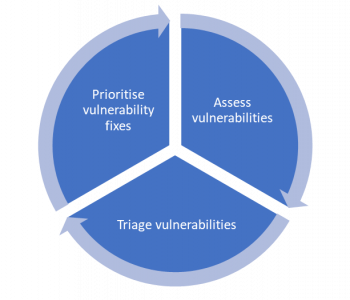
CVE-2021-22005 – vCenter RCE
Introduction
Protecting admin interfaces is a really good idea, network segmentation however is one thing that many organisations struggle with. Most networks are what we call flat. They may be carved up into VLANs but generally speaking, in a lot of networks if you are “inside” then you have full access across the TCP/IP space.
Now here we are talking about the internal attack surface, so a threat actor would need network routable access which should not be the case for things like vcenter interfaces from the internet, however it appears that’s not really exactly how the world works.
Let’s look in Shodan! Read more “CVE-2021-22005 – vCenter RCE”








